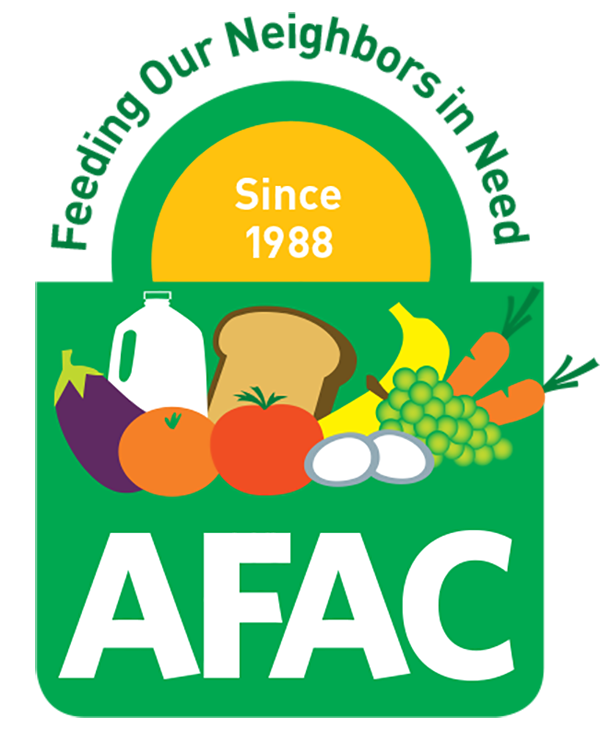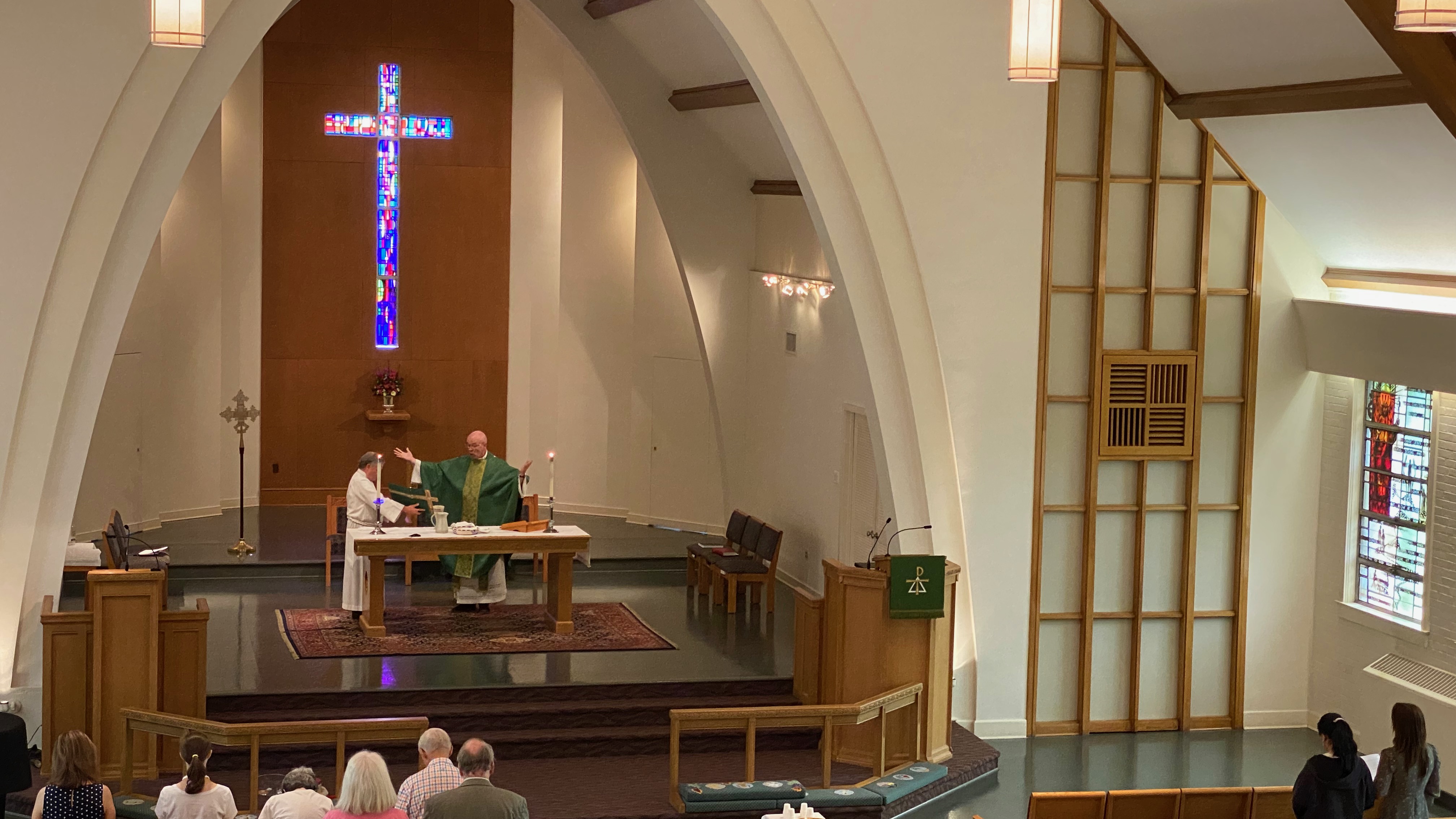Dear Friends in Christ:
On Wednesday morning, the day of Epiphany, I recorded and uploaded my sermon for this coming Sunday, the Baptism of Our Lord. Then Wednesday afternoon happened. What a difference a few hours can make in what I might address in a sermon! Nonetheless, my sermon for Baptism of Our Lord has a relevant and important gospel message for the particularities of our time in the life of the world. Thus, I offer this special message to you concerning the events that occurred on the afternoon of the festival of Epiphany. Consider this message an anticipatory addendum to my Sunday sermon, or even an additional sermon in and of itself.
A popular saying is actually from the prophet Hosea: “For they sow the wind, and they shall reap the whirlwind.” (Hosea 8:7a) Words that form speech are carried on the winds from our lungs. Words matter. Words do things; they have enormous power. Words can generate storms. Here’s how the writer of the letter of James (the study of which is the focus of a new congregational Bible Study) says it: “5So also the tongue is a small member, yet it boasts of great exploits. How great a forest is set ablaze by a small fire! 6And the tongue is a fire. The tongue is placed among our members as a world of iniquity; it stains the whole body, sets on fire the cycle of nature, and is itself set on fire by hell. 7For every species of beast and bird, of reptile and sea creature, can be tamed and has been tamed by the human species, 8but no one can tame the tongue—a restless evil, full of deadly poison. 9With it we bless the Lord and Father, and with it we curse those who are made in the likeness of God. 10From the same mouth come blessing and cursing. My brothers and sisters, this ought not to be so.” (James 3:5-10)
Consider the power of a word, the N word, and the social taboo against uttering it. In that word is cruel power to degrade and dehumanize, so much so that people of good will guard against giving voice to this word.
Some might say words are just words. What’s the harm in speaking our minds without editing our speech and choosing our words carefully? Well, we saw the power of words and of speech and their ill effects in visceral, raw, violent display on Wednesday afternoon on Capitol Hill, when mobs of people, incited by speech from various leaders and on various media, stormed the Capitol building and put a temporary stop to other forms of speech that focused on the peaceful transfer of power, a hallmark of democracy. It was an astonishing and dangerous display, the bitter fruit of months and years of forms of speech that glorified grievance, anger, fear, racism, and more, all forms of speech that serve to destroy, desecrate, to tear down, to end in the ways of chaos and death. Words that deal in desecration and death carry spirits, energies of powers and principalities that are sourced in darkness and evil, in diabolical spirits of deception and false accusation.
But, thanks be to God, that’s not the whole story. Words also serve to create, build up, to nurture life. The first reading for this coming Sunday consists of the first verses of the first creation story in the book of Genesis where “the earth was a formless void and darkness covered the face of the deep” (Genesis 1:2a). A “wind from God swept over the face of the waters” (Genesis 1:2b). This wind carried the voice of God, the word from God: “‘Let there be light;’ and there was light.” (Genesis 1:3) Once again, words made things happen. In this case, divine words brought light where there was only darkness, order where there was a void of chaos, and ultimately the beautiful created world we inhabit. Such words were full of the creative, life-giving energies of God, that is to say, the Spirit of God.
That same Spirit was active when Jesus was baptized by John in the River Jordan, the gospel reading for this Sunday from Mark. The Spirit there, “descending like a dove on [Jesus]” spoke a word from God: “You are my Son, the Beloved; with you I am well pleased.” (Mark 1:10b-11) As at the creation, this word from God served to proclaim and embody and give full expression to sacrality, love, relationship, good pleasure and ultimately the world’s salvation, its healing balm in Jesus Christ, the word of God made flesh.
Again, words matter. They have consequences. Words can serve to deal in death. They can serve to give and to nurture life. Words can tear down. They can build up. Spiritual energies are carried in words and in speech. Those spiritual energies can be demonic. They can be divine. Words resulting in ideas and policies ultimately give shape to realities all around us, realities that can degrade, and realities that make for well-being.
What are we to do in response to what unfolded on Wednesday afternoon on Capitol Hill? The forces of darkness at work there are not going away. Those forces have been around for centuries, but until more recently these energies inhabited more the fringes of society. Now, it’s as if these forces have been unleashed much more in the mainstream of public speech and popular media. Time will tell the extent to which the forces unleashed on Wednesday will persist and spread or retreat back into shadowy corners. So, again, what are we called upon to do and how are we to respond? As individuals? As disciples of Christ? As a congregation? As a nation? It may be too early to tell and to name concrete, specific actions. Let us be in conversation and communal discernment about the emergent particulars.
But in the meantime, there is some clarity. I believe that we are called upon to use our words and speech to name and call out language that emanates from dark and diabolical places, and to do so boldly and publicly. Too many people of good will have been passive and silent for too long, having the effect of appeasing those whose speech runs roughshod over norms of civility, giving the language of violence free reign that results in deeds of violence.
We can attend to our language and the speech of others at home, in the workplace, in places of commerce, at school, on social media, and yes, in church, nurturing in our own speech and in calling out the speech of others, language that makes for life and sacredness, words that are dimensions of the fruit of the Holy Spirit, namely, “love, joy, peace, patience, kindness, generosity, faithfulness, gentleness, and self-control.” (Galatians 5:22b-23a)
Vigilant attention to the words we choose is no small thing. It can be hard work, especially when the unseemly spirits in us are inclined to lash out in kind at others whose speech demeans, degrades and desacralizes. Moreover, holding others accountable for their speech also is profoundly difficult and requires a great deal of courage. But it is a sacred calling to take seriously the power of language and its effects for good and for ill. For again, speech results in behavior, in actions, in realities that make for life and for death.
Who knows what the coming days, weeks, months, and years will bring and require of us? Again, time will tell. But we are not left alone in these days and in the sacred work to which we are called. The Word and the Spirit that were present at creation and which were present at the Baptism of Our Lord are also present with us to this very day, at our own baptisms, in our own study of and engagement with sacred words of scripture, in words of forgiveness, in our holy conversations with each other. The Word from God, the Spirit of God, give shape and expression to the words we are beckoned to choose, and to the loving, life-giving speech we are compelled to offer for the sake of the world and its healing. In short, God in Christ in the power of the Holy Spirit is with us, leading us all the way in our holy calling for such a time as this, come what may.
God in Christ help us, our nation, and our world,
Pastor Jonathan Linman






